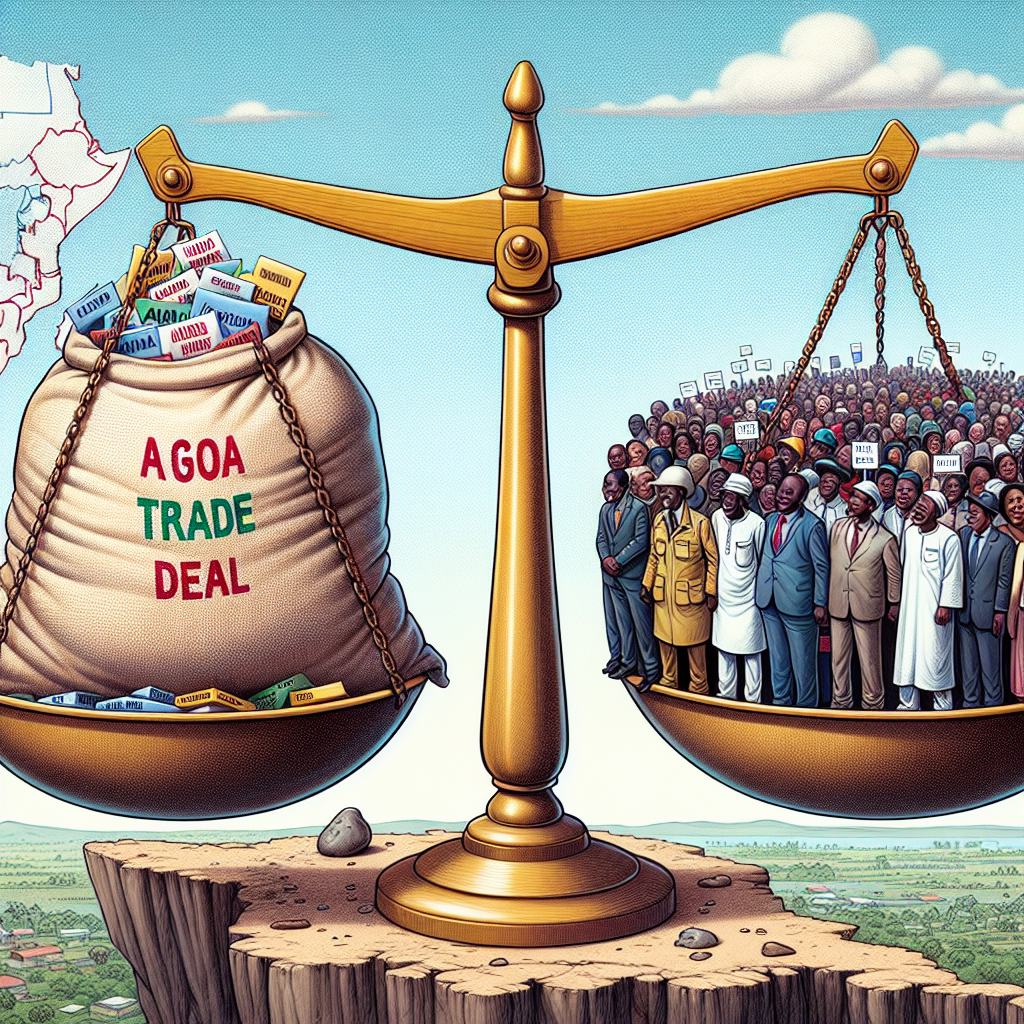
As the African Growth and Opportunity Act (AGOA) approaches its expiration in September 2025, Kenya faces significant economic uncertainty. The potential lapse of this duty-free trade agreement with the United States threatens thousands of jobs and could have far-reaching implications for the country’s export-driven industries.
Understanding AGOA and Its Impact on Kenya
AGOA, enacted in 2000, provides eligible Sub-Saharan African countries with duty-free access to the U.S. market for over 6,000 products. For Kenya, this agreement has been instrumental in boosting exports, particularly in the textile and apparel sector.Obesity in Nairobi
One notable beneficiary is the United Aryan garment factory in Nairobi, which exports approximately 8 million jeans annually to the U.S. market. This factory alone employs around 16,000 workers, highlighting the critical role AGOA plays in job creation and economic growth.
The Looming Threat of Expiration
With AGOA set to expire in a few months, there is growing concern among Kenyan manufacturers and workers. The absence of this agreement would mean Kenyan exports to the U.S. would be subjected to tariffs, making them less competitive compared to products from other countries.
Economists warn that the end of AGOA could lead to significant job losses, reduced foreign exchange earnings, and a slowdown in industrial growth. The uncertainty surrounding the renewal of the agreement is causing anxiety among stakeholders who rely heavily on the U.S. market.
Government and Stakeholder Responses
The Kenyan government is actively engaging with U.S. counterparts to advocate for the renewal of AGOA. Trade officials emphasize the importance of the agreement in sustaining economic development and employment.
Additionally, there is a push for diversification of export markets and the strengthening of regional trade agreements, such as the African Continental Free Trade Area (AfCFTA), to mitigate the risks associated with over-reliance on a single market.
Voices from the Ground
Workers at factories benefiting from AGOA express deep concern over their future. For many, these jobs are the primary source of income for their families. The potential loss of employment not only threatens individual livelihoods but also has broader social and economic implications.
Conclusion
The impending expiration of AGOA presents a critical juncture for Kenya’s trade and economic landscape. While efforts are underway to secure the renewal of the agreement, it is imperative for the country to explore alternative markets and strengthen regional trade ties to ensure economic resilience.